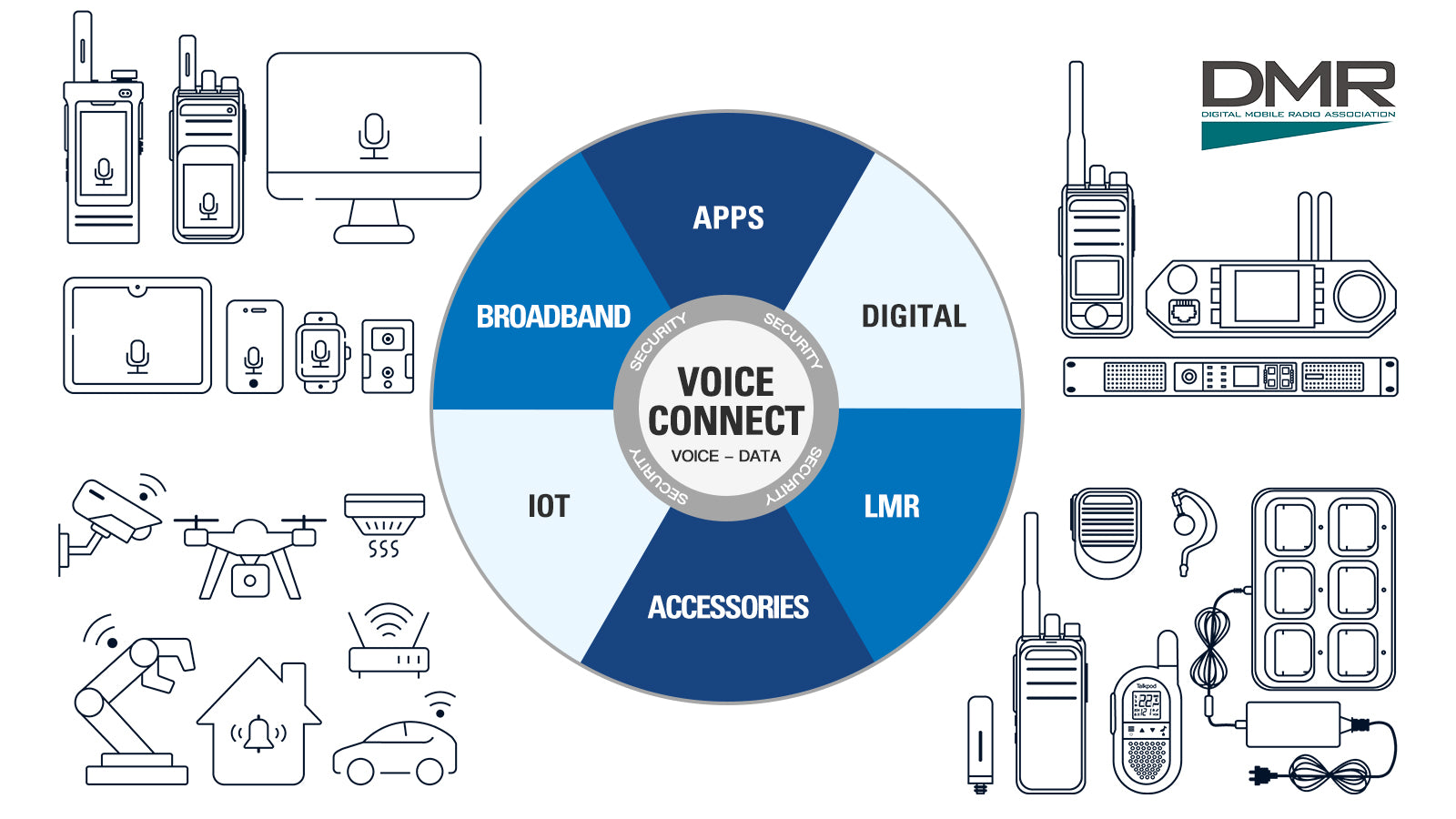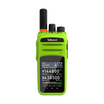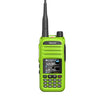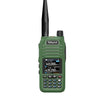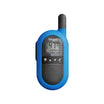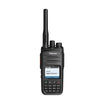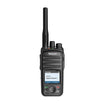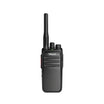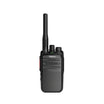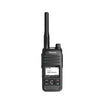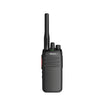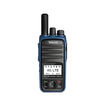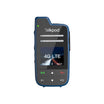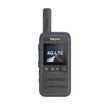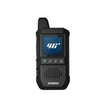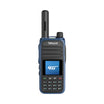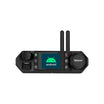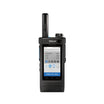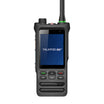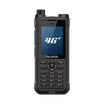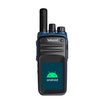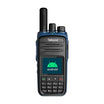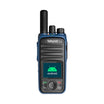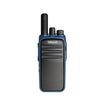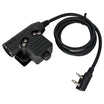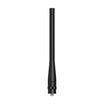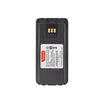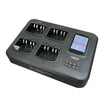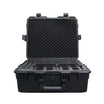What is Bit Error Rate (BER)?
Bit Error Rate (BER) is a critical parameter in the evaluation of two-way radio communication systems. It represents the ratio of received bits that contain errors, due to noise, interference, or distortion, to the total number of bits transmitted during a specific time period. Essentially, BER is a measure of the accuracy with which the received signal mirrors the transmitted signal, providing insight into the quality and reliability of the communication link.
How Does BER Work in Two-Way Radios?
In two-way radio systems, data is transmitted in binary form (bits), and the integrity of this data is crucial for clear and effective communication. As the signal travels from one radio to another, or from a radio to a base station, it can encounter various types of interference, such as physical obstructions, atmospheric conditions, or signals from other devices, leading to errors in the received bits.
BER is calculated by comparing the transmitted and received bit sequences, usually employing error detection and correction techniques. A high BER indicates a problematic communication link, likely leading to distorted or inaudible audio, whereas a low BER suggests a clear and reliable connection.
Why is BER Important in Two-Way Radio Communications?
- Communication Quality: BER directly affects the clarity and comprehensibility of voice or data transmission. A lower BER means fewer errors, resulting in clearer, more reliable communication.
- System Performance: Monitoring BER helps in assessing the performance and health of the radio communication system. It aids in identifying areas with poor coverage or interference issues, guiding necessary adjustments or improvements.
- Efficiency: Understanding and optimizing BER can lead to more efficient use of bandwidth and resources, as lower error rates require less retransmission of data, thereby reducing network load and improving overall system efficiency.
- Diagnostic Tool: BER serves as a valuable diagnostic tool for troubleshooting and maintaining two-way radio systems, helping to isolate faults and determine the effectiveness of error correction schemes.
Conclusion
Bit Error Rate is a pivotal metric in assessing the performance of two-way radio systems, directly impacting communication quality and system reliability. By striving for a low BER, radio communication networks can ensure clear, uninterrupted transmissions, essential for effective operations, particularly in critical response and operational settings. Regular monitoring and optimization of BER are necessary for maintaining optimal communication standards and enhancing the overall performance of two-way radio systems.


